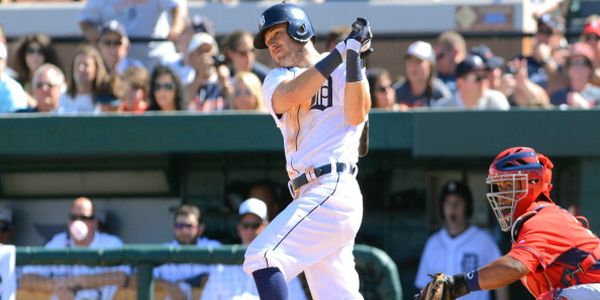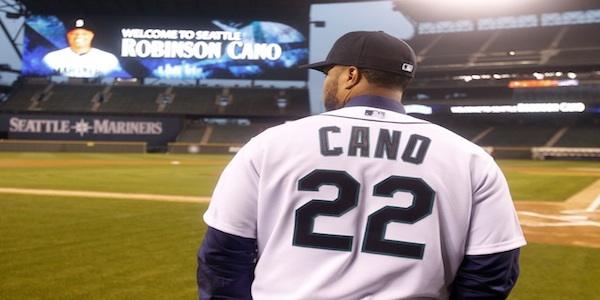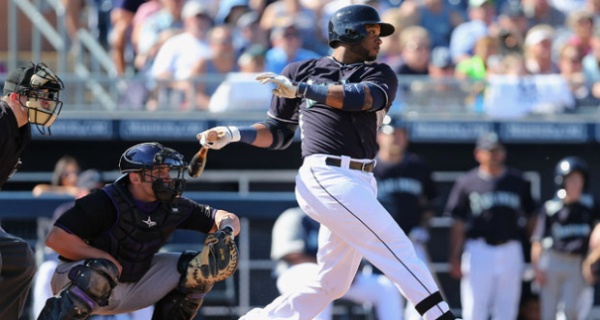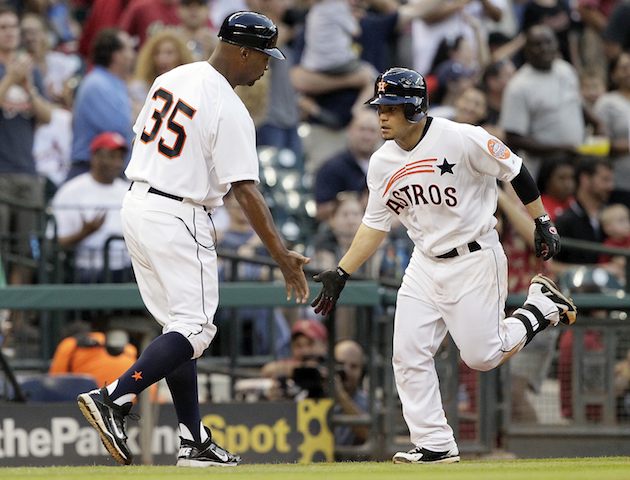2017 Fantasy Baseball: Second Base PECOTA Rankings A-K

One of the many reasons why we use medians at every position is that there can be some unusual distance between the top players in any particular category and the bottom. We are looking at the top 24 players at each position. Second basemen shouldn’t be compared to catchers or first basemen. They are their own species. We are utilizing the PECOTA projections because they tend to be the most accurate in the industry, but that doesn’t mean they are perfect as we will find out. So, we will also give you the three average for each player.
So, instead of ranking players 1-24 as we might have in the past, we are introducing a little color to the proceedings. The median for each category is defined as the average between the 12th and 13th player in that category. So, players that meet or exceed the median will have that number labeled green. Players that fall below the median will see their numbers labeled in red. Obviously, we are looking for five category contributors, but you should always look at the distance between the player and the median.
Median: .268/15 HR/76 Runs/64 RBI/ 12 SB
Jose Altuve— Houston Astros
PECOTA: .307/12/90/62/35 (+3)
3 Year: .331/15/93/74/41
I would treat Altuve like a five category contributor. PECOTA has to work in the aggregate or else it wouldn’t make sense. You take batted ball statistics and normalize them to come up with an estimation of numbers. The problem is that Altuve is still growing as a player. Most players don’t grow that much after their third or fourth year in the league. No, that doesn’t mean he will put up better numbers than last season, but something closer to the three year average is more likely.
Robinson Cano— Seattle Mariners
PECOTA: .293/26/84/95/4 (+4)
3 Year: .300/25/89/88/4
Cano’s numbers are much more in line with what we would expect. His case is the classic case of how important one category is to you. He clearly bests the median second baseman by wide margins in the other four categories (and walks as well) but he does not offer speed. If you pick Cano early on you can add speed somewhere else.
Starlin Castro— New York Yankees
PECOTA: .268/16/61/69/5 (+3)
3 Year: .276/15/58/68/4
There is still a gap between conventional wisdom and the new data driven wisdom. Sabermetrics say that Castro simply isn’t a good player. Heck, both the Yankees and Cubs before them were desperate to unload him. The Yankees haven’t suceeded yet. Still, the conventional numbers show him to be a mediocre fantasy proposition. Include walks and he meets or beats the median exactly half of the time.
Brian Dozier— Minnesota Twins
PECOTA: .244/25/92/78/15 (+4)
3 Year: .249/31/106/82/17
Speaking of conventional wisdom, conventional wisdom would say that Dozier is a flawed player. Heck, he can’t even hit .250. PECOTA projects to finish third among second sackers in walks (61). It’s hard to predict 100 runs or RBI given the Twins’ current state, but he should easily outpace the median in the other four categories. Plus, he should get on base more than most of them as well.
Brandon Drury— Arizona Diamondbacks
PECOTA: .266/13/47/53/1 (+0)
3 Year: .275/9/31/31/1
The three year average is a bit misleading. He has one full season of big league action that saw him hit 16 home runs, score more than 50 runs, and drive in more than 50 runs. In other words, the PECOTA projection is probably pretty close given the batted ball statistics. Still, some players show growth between their first and second full season. Others take a step back. A late round selection of Drury could end up paying dividends.
Logan Forsythe— Los Angeles Dodgers
PECOTA: .250/18/80/66/8 (+0)
3 Year: .256/14/59/44/6
Forsythe is a bit of a wild card. His three year numbers include one truncated season, so they are not particularly appropriate. Even the PECOTA numbers were made with the assumption that he would be back in Tampa. So, you include a better lineup with a different hitting environment and you get entirely different numbers. Heck, we haven’t even included the league switch.
Nick Franklin— Tampa Bay Rays
PECOTA: .231/15/59/54/11 (+1)
3 Year: N/A
Like Forsythe, Franklin’s numbers assumed he would be a super utility guy in the Rays infield and perhaps outfield. Now, he is entrenched as the second baseman. We might see a few more plate appearances and a little more of the counting numbers. It might be enough to get him closer to the median in the other categories. He should be a late round flier.
Dee Gordon— Miami Marlins
PECOTA: .272/4/82/41/51 (+3)
3 Year: .297/2/76/45/51
Gordon is essentially a conundrum wrapped in a riddle. Do you look at players in a five (or six) category aggregate or do you look at how much they can help you in a single category? There is only one player in the entire sport that will steal more bases than Gordon, but the rest of the categories are either average or below average. I don’t tend to like one category guys, but you can certainly win with them.
Josh Harrison— Pittsburgh Pirates
PECOTA: .279/11/76/58/19 (+3)
3 Year: .295/7/64/46/16
The natural alternative to a player like Gordon is a player like Harrison. In five category leagues, he outproduces Gordon in three of the four categories other than stolen bases. He isn’t a slouch in that category either, but he doesn’t offer any elite skills. The difference is that he keeps you in the game in every category. He might be just as valuable in his own way.
Cesar Hernandez— Philadelphia Phillies
PECOTA: .268/8/75/50/20 (+2)
3 Year: .283/4/62/37/18
Again, we see the difference between conventional wisdom and advanced metrics. Hernandez is arguably a better player overall than the two above him. A large part of that is the above average defense he brings to the table, but truth be told, both Harrison and Gordon are solid defenders. Still, Hernandez outpaced Harrison by 20 runs according to billjamesonline.com’s total runs. Gordon obviously missed extra time due to the suspension, so his numbers were out of whack. The point is that Hernandez knows how to get on base. That may not matter much in five category leagues, so you have to adjust accordingly.
Ian Kinsler— Detroit Tigers
PECOTA: .268/16/79/64/12 (+5)
3 Year: .286/19/104/83/13
There are statistical anamolies in sports that get more attention than what they deserve. A player with 12 points, 11 rebounds, and 10 assists gets credited with a triple double. A player with 27 points, 8 rebounds, and 9 assists simply has a really good game. So, Kinsler is a five category guy but merely meets the median in nearly every category. There has to be some context to these numbers or they don’t mean a whole heck of a lot.
Jason Kipnis— Cleveland Indians
PECOTA: .271/16/88/68/17 (+5)
3 Year: .273/13/79/58/16
Kipnis and Kinsler are very similar guys, but the secret in dividing the two is to look at the three year numbers. Kinsler is further along in his career, so it makes perfect sense for PECOTA to start projecting some slippage in results. Kipnis is younger, so PECOTA is projecting some growth in the numbers. In point of fact, they are pretty much in line with what he has done the past couple of seasons. That gives him a slight edge over Kinsler.





